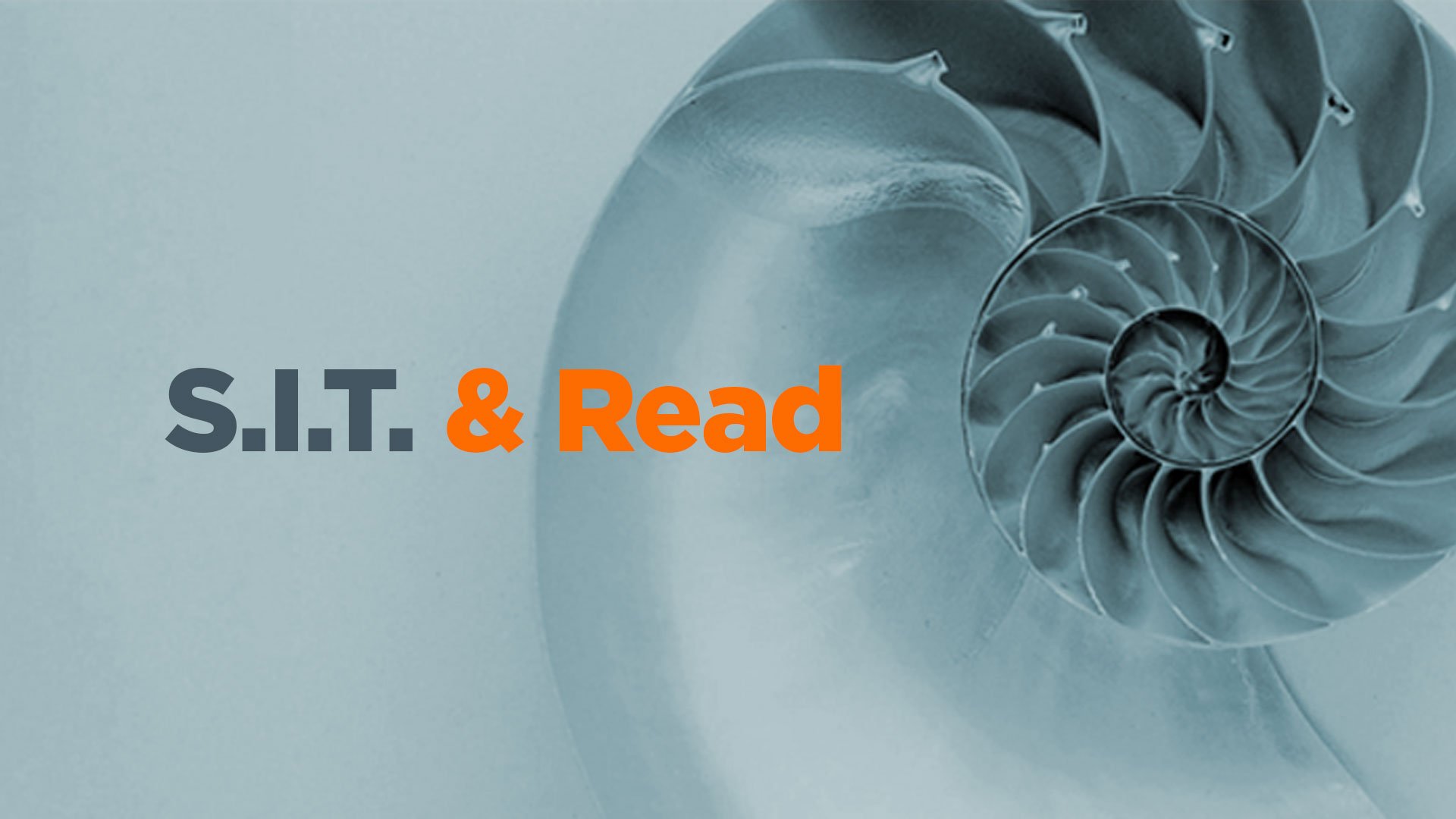An innovation tool is a cognitive prosthetic that helps individuals and groups overcome their human limitations to innovate more capably. Just as an artificial limb or hearing aid compensates and augments a missing or impaired part of the body, a thinking tool does the same – it compensates and augments for a variety of cognitive deficiencies in all humans.
Yet there is an aversion to using a structured tool to be creative:
- The Arts: Musicians, poets, and graphic artists shun the idea of using a standard tool or template because it makes them appear less creative to their fans and the public. But consider Paul McCartney who sold more albums in the U.S. than anyone. In his biography, he confided: “As usual, for these co-written things, John often had just the first verse, which was always enough: it was the direction, it was the signpost and it was the inspiration for the whole song. I hate the word but it was the template.” Listen carefully to artist, Jackson Pollock, describe his approach:
- The Sciences: People in deep scientific fields such as pharmaceuticals and nano-technology are skeptical of thinking tools because it diminishes their sense of intellect and brainpower. Given their heavy emphasis on research and discovery, this is not surprising. They default to the Scientific Method. But consider a rather successful scientist named Albert Einstein. He used a thinking tool called mental simulation to discover the special theory of relativity. He imagined traveling through space next to a beam of light:
- The Corporations: High achievers resist the use of structured techniques because it makes them appear weak to their intra-firm rivals. Executives prefer to use their intuition. They trust it because it has gotten them far. But more executives are recognizing the value of educating their intuition by using patterns and thinking tools to augment their experience. They use a prosthetic:
For practitioners, using an innovation prosthetic is a no brainer.
